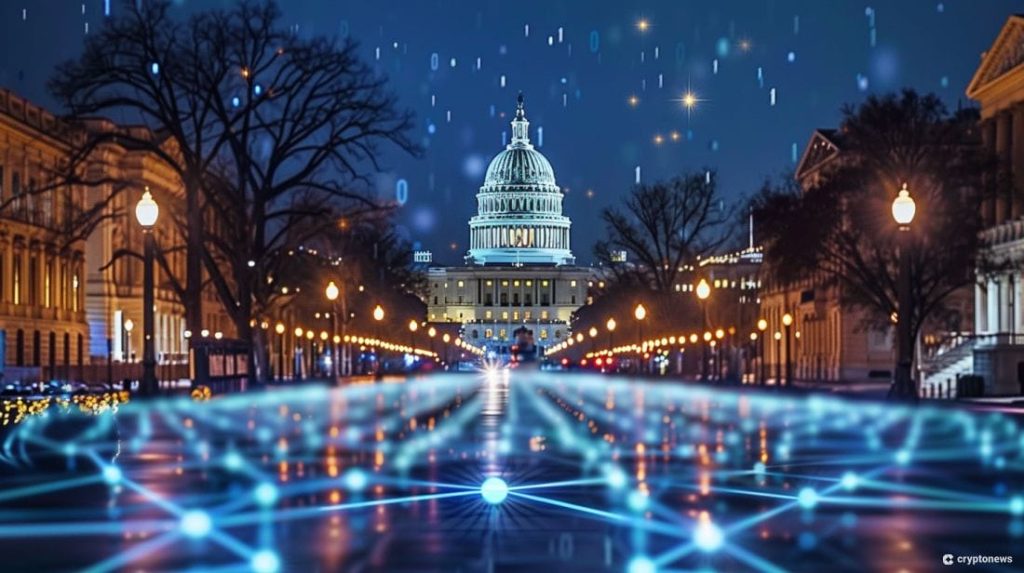Proposed stablecoin legislation is facing challenges as it is unlikely to be added onto the must-pass Federal Aviation Administration’s reauthorization bill, according to a Democratic aide on Capitol Hill. Efforts by Representatives Maxine Waters and Patrick McHenry to merge stablecoin legislation with the FAA bill have not gained traction among leaders in the Senate and the House. Typically, U.S. lawmakers add less popular legislation to larger bills that are likely to pass to garner bipartisan support, but this strategy may not work for stablecoin regulation.
McHenry’s “Clarity for Payment Stablecoins Act,” introduced in 2023, aims to regulate stablecoins similarly to the traditional financial sector. This bill is just one of several proposed stablecoin policies being considered in Washington, D.C. Senators Cyntia Lummis and Kirsten Gillibrand recently introduced the Lummis-Gillibrand Payment Stablecoin Act, which would allow federal and state depository institutions to issue stablecoins while non-depository institutions would be overseen by the federal government. The legislation aims to protect consumers by mandating one-to-one reserves, prohibiting algorithmic stablecoins, and ensuring compliance with U.S. anti-money laundering and sanctions rules.
Senator Elizabeth Warren has also expressed concerns about anti-money laundering issues related to stablecoins. She has proposed the Digital Assets Anti-Money Laundering Act (DAAMLA) and has gathered bipartisan support for it. Warren emphasized the importance of having a regulatory framework in place to prevent illicit activities facilitated by stablecoins. Despite these efforts, the future of stablecoin regulation in the U.S. remains uncertain, particularly with reports indicating that crypto legislation will not be included in the FAA bill, potentially reducing its chances of approval.
Political dynamics surrounding stablecoin legislation are complex, with different lawmakers proposing various approaches to regulating stablecoins. While McHenry’s bill seeks to bring stability to the payment industry, the Lummis-Gillibrand bill focuses on preserving the dual banking system and incorporating federal and state agencies in regulating stablecoin issuers. Transparent rules and compliance with anti-money laundering measures are central to these legislative efforts, reflecting a broader concern among policymakers about the potential risks associated with stablecoins.
The exclusion of stablecoin regulation from the FAA bill underscores the challenges faced by lawmakers in advancing crypto legislation through Congress. Despite bipartisan support for certain initiatives and the recognition of the need for regulatory clarity in the crypto space, the path to enacting comprehensive stablecoin policies remains uncertain. As debates continue and different proposals are considered, the future regulatory landscape for stablecoins in the U.S. remains unclear, leaving stakeholders in the crypto industry and financial sector with ongoing uncertainty about the rules governing these digital assets.















